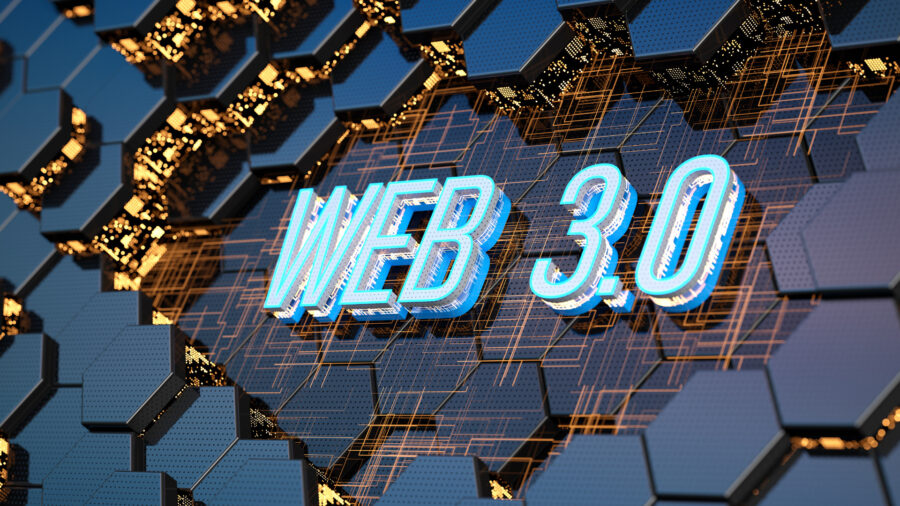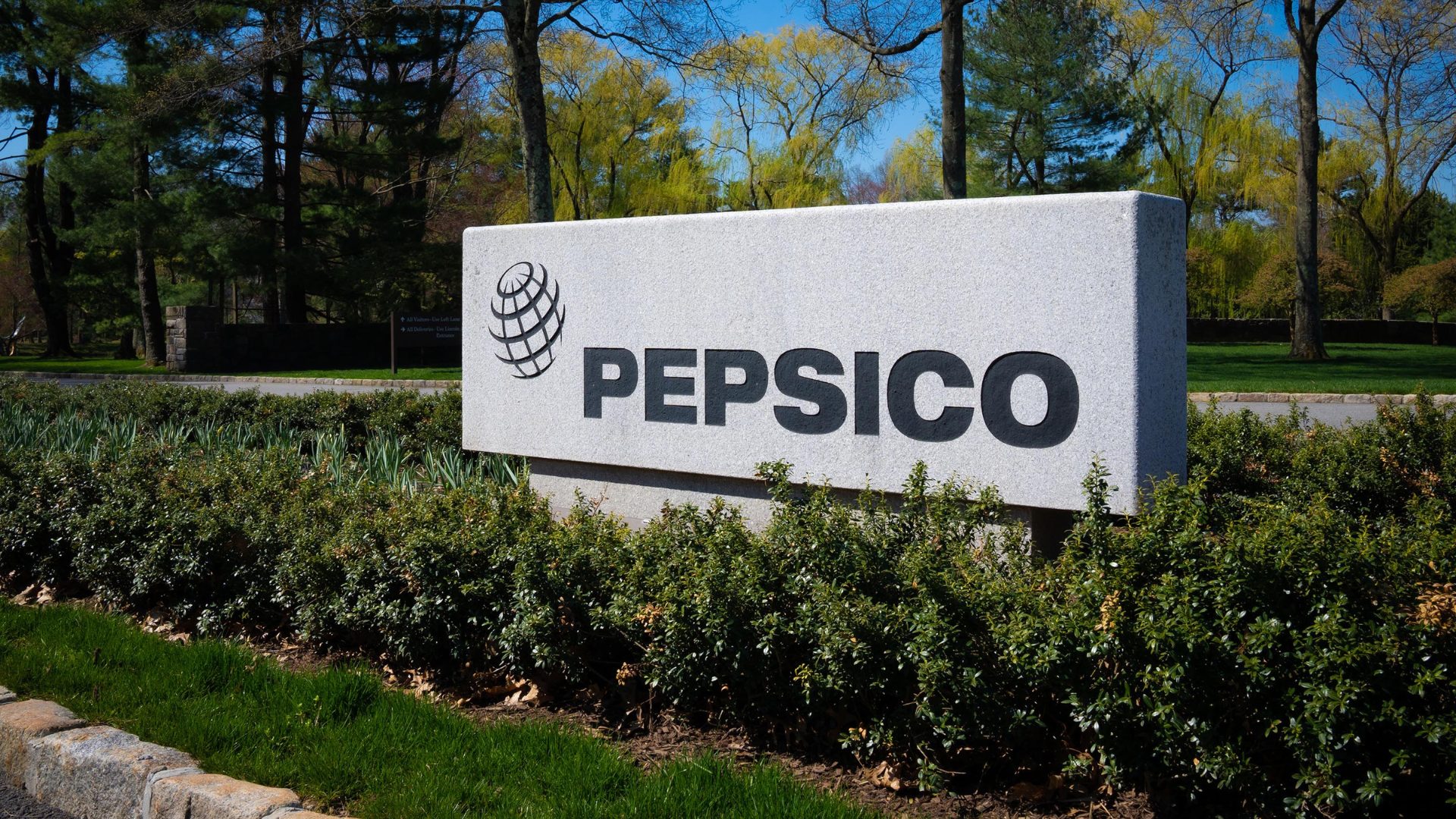During a presentation at a TEDx event a few years ago, Dr. Justin Goldston issued words of caution to business leaders. Scanning the assembled audience, the tech expert spoke rather sternly.
“If you don’t adjust to your surroundings, you may become MySpace,” Goldston warned, after noting that the social networking service was valued at $12 billion in 2007 but was sold for just $350 million a few years later.
In 2023, Goldston is nearly as adamant that business leaders should adapt and utilize the expansive potential of Web 3.0. “Think of Web 3.0 as a more intelligent, connected, and user-centric web,” Goldston—partner, sustainable supply chain at Environmental Resources Management—recently told The Food Institute.
Other tech experts seem to agree that Web 3.0 could revolutionize business practices, including within the food industry.
In lay terms, Web 3.0 is the next generation of the internet which is largely focused on decentralization, transparency, token economics, and community empowerment thanks to blockchain technologies. Prime examples of Web 3.0 include artificial intelligence and machine learning, along with the Metaverse.
While Web 1.0 strictly allowed users to browse information, and Web 2.0 spawned social media interaction, Web 3.0 features an elaborate, interconnected network that boasts potential to improve business elements like food logistics.
“Web 3.0 goes beyond human-to-human connections and aims for an interconnected network that serves individuals’ needs through algorithms, promoting personalized and data-driven experiences,” said Jonathan Prescott, VP of e-commerce at CouponBirds.
Starbucks pioneered food companies’ effective use of Web 3.0 last year, Goldston said, with its Starbucks Odyssey experience in which the coffee chain sold non-fungible tokens (NFTs) to members. He expects other food companies to follow suit, offering NFTs to their members to unlock rewards and exclusive experiences.
New York City’s fledgling Flyfish Club is another prominent example of the food industry putting Web 3.0 to use. The club markets itself as the world’s first members-only private dining club, where membership is purchased through blockchain technology as an NFT and owned by the token-holder to gain access to the restaurant.
The new iteration of the World Wide Web utilizes evolving technology that allows food to be tracked from farm to table, verifying authenticity.
“Using blockchain to track the supply chain of certain foods and verify their provenance can add lots of value to food companies,” said Stefania Barbaglio, CEO of investor relations firm Cassiopeia. “New food startups can use tokens to raise funds and launch new products. Web 3 (also) unlocks new forms of liquidity and funding for SMEs (small and midsize enterprises).”
Companies will undoubtedly use Web 3.0 to personalize their products to individual consumers, too.
“In the coming years,” Prescott said, “personalized food marketing will become more prevalent where companies can target individual preferences and tailor marketing messages accordingly.”
The Food Institute Podcast
With younger generations seeking experiences and unique alcoholic beverages, what’s going on in the wide world of wine? Foley Family Wines president Shawn Schiffer and City National Bank managing director Mike Dallape break down demographic trends for wine consumption, what wine varieties are growing, and how California estate wineries have contended with changing weather patterns.












